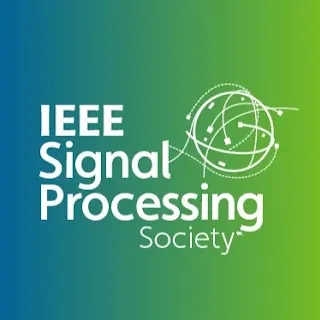Towards Textual Out-of-Domain Detection Without In-Domain Labels
In many real-world settings, machine learning models need to identify user inputs that are out-of-domain (OOD) so as to avoid performing wrong actions. This work focuses on a challenging case of OOD detection, where no labels for in-domain data are accessible (e.g., no intent labels for the intent classification task).
